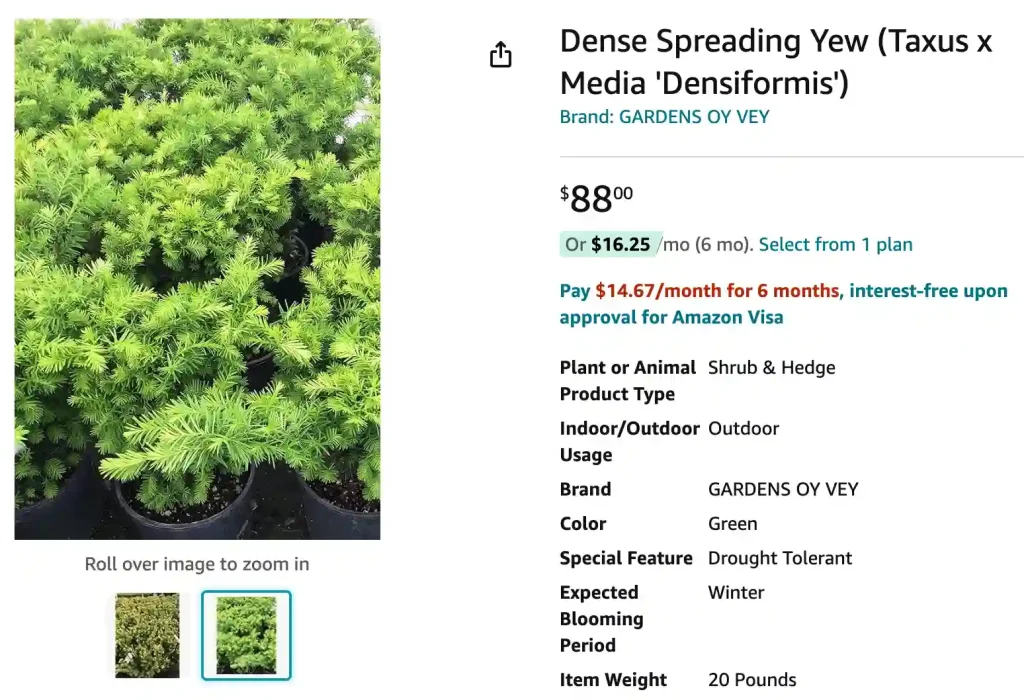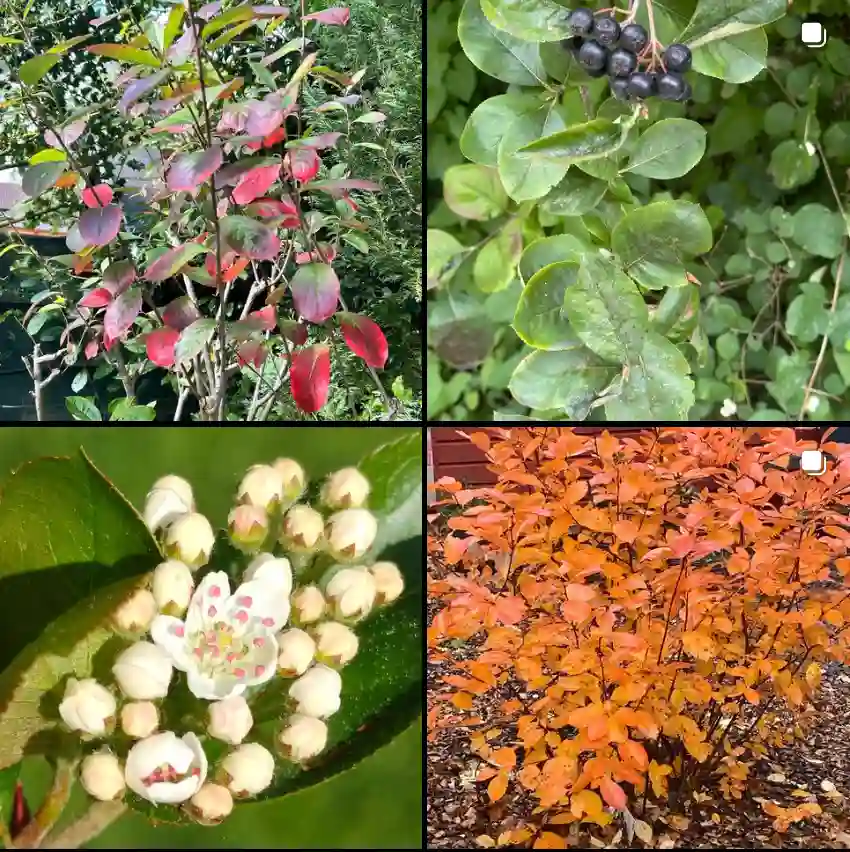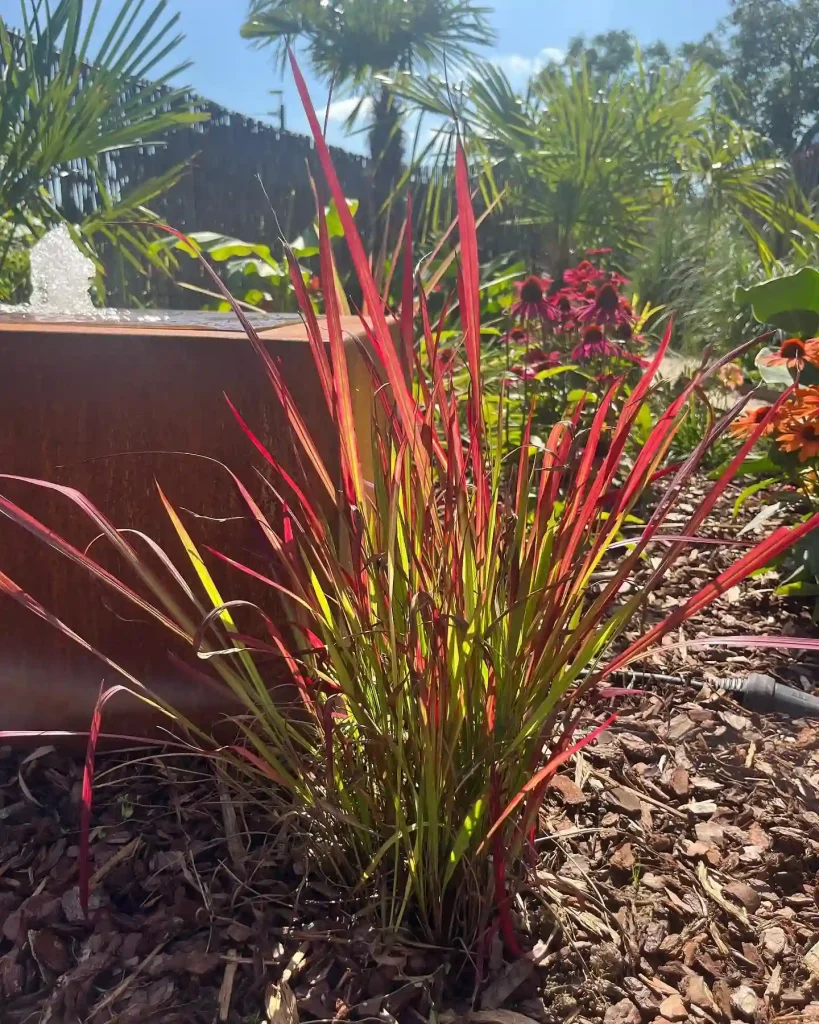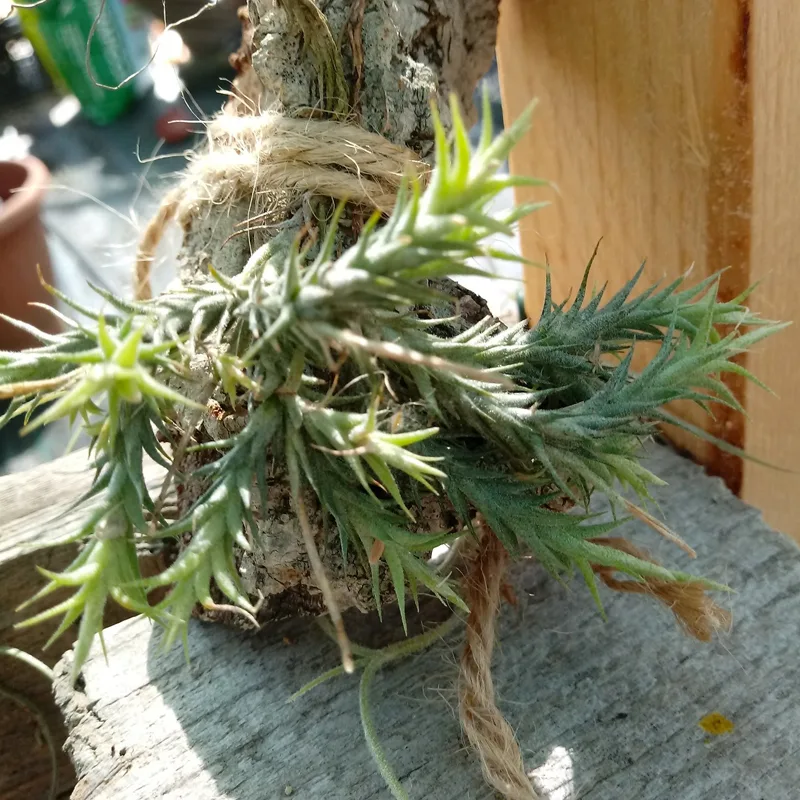
FAQs About Taxus Densiformis
If you’re considering adding Taxus Densiformis to your garden, you might have a few questions about this versatile shrub. Let me share my insights based on personal experiences and research. Here’s a comprehensive look at common questions and useful information about Taxus Densiformis.
13 Species in Genus Taxus
What is Taxus Densiformis?
Taxus Densiformis, commonly known as Dense Yew or Densiformis Yew, is an evergreen shrub valued for its compact growth and dense foliage. This plant is a member of the Taxaceae family and is popular for hedges, borders, and as a low-maintenance shrub in landscaping. It has a unique ability to thrive in a variety of soil types and conditions, making it a favorite among gardeners.
Does Taxus X Media Densiformis Have Surface Roots?
One question that often comes up is whether Taxus X Media Densiformis has surface roots. From my experience, this variety of yew does not typically have aggressive surface roots. Instead, its root system tends to grow deeper and is generally well-behaved, which makes it suitable for planting near walkways or in areas with shallow soil. This trait is beneficial because it reduces the risk of damaging paved surfaces or interfering with underground utilities.
Is Taxus Media Densiformis Native?
Taxus Media Densiformis is not native to most regions where it is commonly grown. It is a hybrid plant, a cross between Taxus baccata (English yew) and Taxus cuspidata (Japanese yew). Both parent species have different native ranges; Taxus baccata originates from Europe and parts of North Africa, while Taxus cuspidata is native to Japan and parts of Korea. The hybrid inherits qualities from both, but it does not have a native habitat as a single species.
How to Care for Taxus Densiformis?
Caring for Taxus Densiformis is relatively straightforward. Here’s a guide to help you maintain this hardy shrub:
- Light Requirements: Taxus Densiformis thrives in full sun to partial shade. While it can handle some direct sunlight, it prefers filtered light, especially in hotter climates.
- Soil: This plant is adaptable to various soil types but performs best in well-drained soil. Ensure the soil is neither too dry nor waterlogged.
- Watering: Regular watering is essential, especially during dry spells. However, be cautious not to overwater, as this can lead to root rot.
- Fertilizing: A balanced, slow-release fertilizer applied in early spring can support healthy growth. Avoid over-fertilizing, as this can harm the plant.
- Pruning: Pruning is not mandatory but can help maintain the plant’s shape and encourage denser growth. Trim in late winter or early spring before new growth begins.
How to Propagate Taxus Densiformis?
Propagating Taxus Densiformis can be done through cuttings or seeds, though cuttings are the more common method due to their higher success rate. Here’s how to propagate from cuttings:
- Timing: Take cuttings in late summer or early fall when the plant is not actively growing.
- Preparation: Select healthy, non-flowering stems about 4-6 inches long. Remove the lower leaves and dip the cut end in rooting hormone.
- Planting: Insert the cuttings into a pot filled with a mix of peat and perlite. Keep the soil moist but not soggy.
- Care: Place the pot in a shaded area and keep it consistently moist until roots develop. Transplant the rooted cuttings to their permanent location after a few months.
What to Plant with Taxus Densiformis?
Taxus Densiformis pairs well with a variety of plants. Here are a few suggestions:
- Hostas: Their broad, lush leaves contrast beautifully with the fine texture of Taxus Densiformis.
- Heuchera: With its colorful foliage, Heuchera adds vibrant contrast to the evergreen backdrop of Taxus.
- Ornamental Grasses: Grasses like Carex or Festuca can complement the yew’s dense form and add a different texture to your garden.
Can You Grow Taxus Densiformis Indoors?
While Taxus Densiformis is primarily grown outdoors, it can be grown indoors under the right conditions. It requires bright, indirect light and cool temperatures. Ensure the pot has good drainage, and be mindful of humidity levels, as indoor environments can often be quite dry.
Is Taxus Densiformis Toxic?
Taxus Densiformis is toxic if ingested. All parts of the yew plant contain taxines, which are harmful to both humans and animals. Symptoms of poisoning include nausea, vomiting, and diarrhea. Keep this plant away from pets and small children.
Benefits of Taxus Densiformis
Taxus Densiformis offers several benefits:
- Evergreen Foliage: Provides year-round color and structure in the garden.
- Low Maintenance: Requires minimal care compared to other shrubs.
- Versatile Uses: Ideal for hedges, borders, and topiary due to its dense growth habit.
Common Problems with Taxus Densiformis
Despite its hardiness, Taxus Densiformis can face a few issues:
- Pests: Watch for spider mites and scale insects, which can affect the plant’s health.
- Diseases: Root rot can occur if the soil is consistently wet. Ensure proper drainage to prevent this problem.
Compare with Similar Plants
Taxus Densiformis is often compared to other evergreen shrubs like Boxwood (Buxus) and Holly (Ilex). Unlike Boxwood, which can be more finicky about soil conditions, Taxus Densiformis is more tolerant of varied soil types. Compared to Holly, Taxus Densiformis offers a softer, less spiky texture, which some gardeners prefer for a more subtle look.
In conclusion, Taxus Densiformis is a versatile and low-maintenance shrub that can enhance various garden settings. With the right care and understanding, it can thrive and provide lasting beauty to your landscape.
If i die, water my plants!



